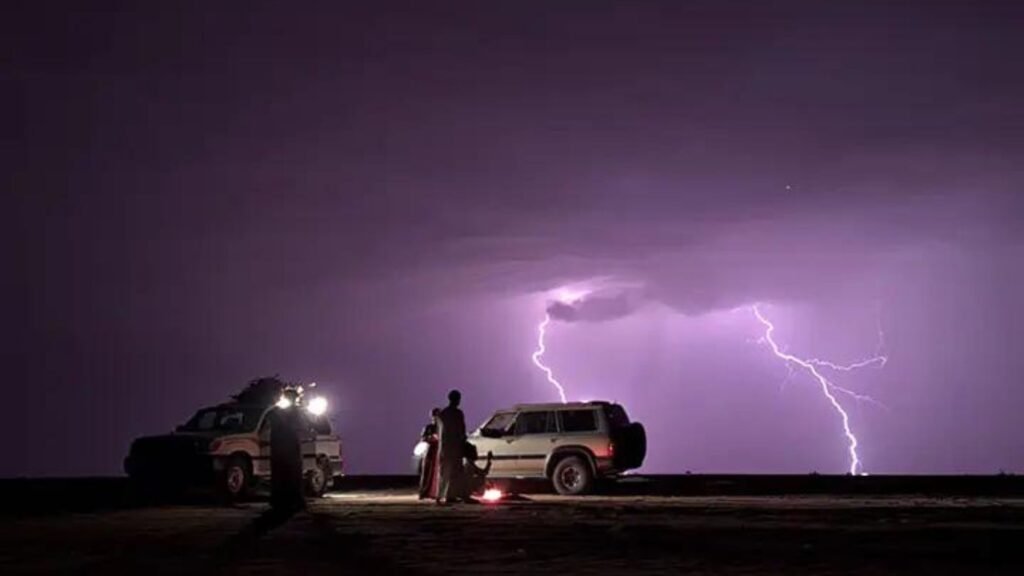Jul 3, 2024
Strategies to Master Night Photograph Techniques
Night photography offers a unique and captivating way to capture the world. The darkness, combined with artificial lights, creates a magical atmosphere that daytime photos can’t replicate. However, mastering night photography requires specific techniques and skills. In this post, we will explore the best strategies to master night photography techniques, ensuring you can capture stunning photos after the sun goes down.

Understand Your Equipment
To master night photography techniques, it’s crucial to understand your camera and its settings. A camera with manual mode is essential, allowing you to control the shutter speed, aperture, and ISO. Additionally, using a tripod is vital to keep your camera steady during long exposures, which are common in night photography. Knowing how to use these tools effectively is the first step in capturing beautiful night photos.
Use the Right Settings
Setting your camera correctly is key to night photography. Start with a low ISO to reduce noise in your photos. Although this means you need longer exposure times, it will result in cleaner images. Set a small aperture (high f-stop number) to keep more of the scene in focus. Lastly, experiment with shutter speed. Longer exposures will capture more light and create stunning effects with moving lights, like car trails.
Focus Manually
Autofocus can struggle in low light, so switching to manual focus is often necessary. Use your camera’s live view and zoom in to fine-tune your focus. Look for a bright point in the scene to set your focus accurately. This step ensures that your night photos are sharp and clear.
Use Long Exposures
Long exposures are a hallmark of night photography. By keeping the shutter open for several seconds, you can capture more light and create unique effects. For example, moving lights become beautiful light trails, and water surfaces can appear smooth and glass-like. Experiment with different exposure times to see what works best for your scene.
Pay Attention to Composition
Composition is just as important in night photography as it is during the day. Use the rule of thirds to create balanced and interesting photos. Look for leading lines that guide the viewer’s eye through the image. Additionally, consider the placement of light sources in your scene. They can serve as focal points or add depth and interest to your photos.
Experiment with Light Sources
Night photography allows you to play with various light sources. Streetlights, car headlights, and neon signs can add vibrant colors and patterns to your photos. Additionally, you can use artificial lights, like flashlights or LED lights, to light up specific parts of your scene. Experimenting with these light sources helps you create unique and compelling images.
Use a Remote Shutter Release
A remote shutter release is a valuable tool in night photography. It prevents camera shake when pressing the shutter button, ensuring your long-exposure shots remain sharp. If you don’t have a remote, use your camera’s timer function to achieve the same effect.
Post-Processing Techniques
Post-processing can enhance your night photos significantly. Use software like Adobe Lightroom or Photoshop to adjust the brightness, contrast, and color balance. Noise reduction tools can help clean up your images, especially those taken at higher ISOs. However, be careful not to over-edit. The goal is to enhance your photos while keeping them natural and true to the scene.
Practice Patience and Experimentation
Mastering night photography techniques requires patience and experimentation. Conditions can change quickly, and it may take several attempts to get the perfect shot. Don’t be afraid to try different settings, angles, and compositions. The more you practice, the better you’ll become at capturing stunning night photos.
Conclusion
Night photography opens up a world of creative possibilities. By understanding your equipment, using the right settings, and experimenting with light sources, you can master the techniques needed to capture breathtaking night photos. Remember to focus manually, use long exposures, and pay attention to composition. With patience and practice, you’ll be able to create stunning images that showcase the beauty of the night.
More Details